
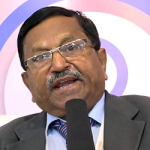 Dr. S C Mohanty
Dr. S C Mohanty
What is a Glycemic pentad?
Glycemic Pentad In Diabetes Management
What It Is & How Useful It Is For India
To begin with, Diabetes and numbers are very tightly linked. It is not uncommon for endocrinologists to deal with pentads and hexads related to all things diabetes - take, for example, the glycemic pentad or the therapeutic hexad.
While these terms might be confusing for people who aren’t from a medical background, when broken down, these are nothing but a set of diabetes-related terms that you get to hear daily, especially if you have diabetes or someone n your family does.
What is Glycemic Pentad?
The concept of Glycemic Pentad is relatively new in India, even though it has already been explored in depths by the Western nations, who have since modified the pentad and also developed a hexad for better diabetes management.
The term ‘glycemic’ refers to anything related to blood sugar, while ‘pentad’ means a set of five. Simply put, glycemic pentad refers to a group of five elements useful in diabetes control and management. The individual components of the pentad are:
1. Fasting Plasma Glucose (FPG) or the level of blood sugar in between meals
2. Postprandial Plasma Glucose (PPG) or the level of blood sugar after taking a meal
3. HbA1c or the amount of sugar linked with blood haemoglobin
4. Glycemic Variability (GV) or swings in blood glucose levels
5. Quality of Life (QoL) or the standard of health and comfort experienced by the patient
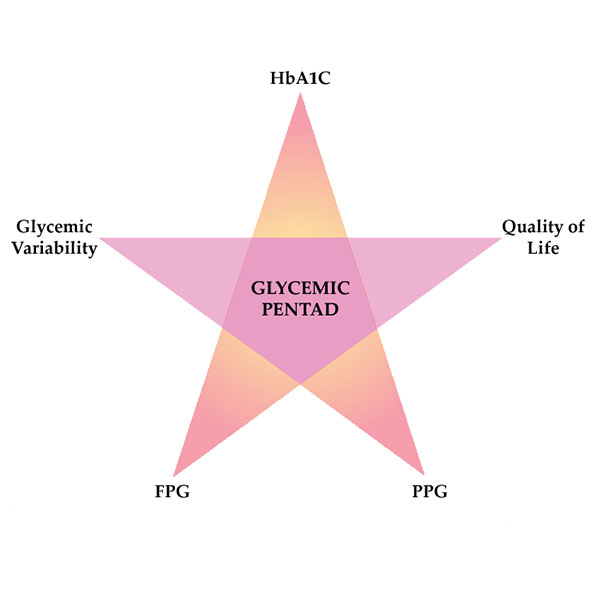
Diabetes & the Concept of Pentads & Hexads
Diabetes is the most notoriously infamous lifestyle-oriented metabolic disease that causes abnormal glucose homeostasis by decreasing the insulin sensitivity of body cells, resulting in hyperglycemia. Initial management strategies were aimed at controlling the trio of FPG, PPG and HbA1c (Glycemic triad) alone.
The proposed target for glycemic triad by the American Diabetes Association (ADA) is:
HbA1c FPG PPG
<0.7% 80-130 mg/dL <180 mg/dL
However, it was observed that even optimal glycemic control in advanced trials failed to prevent diabetes-related macrovascular events and death. Therefore, the standardised singular model for all was discarded, and two new factors were included in the set - glycemic variability and the quality of life. Thus the glycemic pentad was established.
With further research, it was concluded that the quality of life was not a strict glycemic parameter, and thus was replaced with minimal hypoglycemia in the revised glycemic pentad. The present Western concept, however, powered by an increased focus on drug safety and tolerability is a further expansion of the revised pentad to include six elements - three efficacy-oriented targets (FPG, PPG, HbA1c) and three safety-oriented ones (GV, hypoglycemia, nocturnal hypoglycemia). This emerging concept has been named the glycemic hexad or glycemic sixer.
How Useful is Glycemic Pentad in the Indian Scenario?
In developing nations like India and African countries, where the quality of life is generally lower as compared to the West, and people cannot afford expensive medication, the concept of glycemic pentad still holds relevance. In fact, top diabetologists in India suggest that glycemic pentad targeting combined with the triple-drug therapy of metformin, glimepiride, and voglibose is the only cost-effective diabetes management model that can be implemented nation-wide with a guarantee to work.
In the Indian diet, the carbohydrate content is around 65%, which is more than that recommended for diabetic patients. Of the total ingredients in the diet of a person, carbohydrates have the most significant effect on the level of blood glucose, and the major determinants of postprandial glucose are both the amount and form of carbohydrate intake.
Blood glucose levels and insulin responses are affected by the amount of carbohydrates consumed, and there is a strong correlation between carbohydrate intake and postprandial glucose level in the diabetic population. Because Indians consume high glycemic index and load diet, postprandial glucose regulation and overall glycemic control require particular attention in the Indian diabetic population.
From the Indian viewpoint, antidiabetic therapy should have all these attributes:
● It should be affordable and simple to follow.
● It should have a dosing regimen that is convenient and causes the least side-effects.
● It should not impose a lot of lifestyle restrictions.
● It should make the diabetic feel better about themself.
In this regard, the glycemic pentad is the most satisfactory concept top follow in the Indian scenario. A global antidiabetic strategy should be aimed at reducing the four glycemic pentad components, i.e. FPG, PPG, HbA1c, and glucose variability, and improving the fifth factor, the quality of the patient’s life.
Why not Radical Insulin Therapy?
Insulin, for a fact, is the most effective therapeutic agent for controlling diabetes, and cannot be replaced by any other antidiabetic agent in critical conditions of HbA1c > 0.9%. But insulin therapy has its own set of complications and disadvantages. Apart from strict timings and multiple doses, the lifestyle of patients on insulin therapy is affected by weight gain concerns and fear of hypoglycemic episodes.
Besides, during insulin therapy, patient self-management needs adequate knowledge of storage, syringe and vial compatibility, needle size, injection site and procedure and dosing. All of this may have a massive effect on the Indian population, where most patients do not put an adequate focus on the understanding of health care.
Furthermore, the socio-economic status of some Indian states like Madhya Pradesh and Odisha, where several rural sites continue to live without a proper electric supply even in the second decade of the 21st century, need to be taken into consideration when it comes to insulin and its refrigeration in large quantities. For all the above reasons, glycemic pentad is still the concept to follow over other advanced targeting concepts in developing countries like India.
Conceptual Advancements in the West
Thanks to advanced research on diabetes management and regular breakthroughs in drug development in the Western nations, scientists and physicians have gained valuable insights and implemented them in their latest antidiabetic therapies by conceptualizing therapeutic number-based frameworks. Using these number-based pedagogic tools, physicians can seamlessly create a glycemic profile of each patient, making the therapeutic approach more individual-specific yet effective.
Metabolic Quartet
The comprehensive therapeutic approach devised by Western doctors focuses not only on lowering blood glucose but also targets various metabolic pathways and systems. The areas of vasculometabolic targeting are collectively named metabolic quartet and consist of HbA1c, blood pressure, body weight, and lipids.
Therapeutic Pentad
To target the metabolic quartet, diabetologists utilize the therapeutic pentad, consisting of pentuplets for each of the target areas, which are glycemia, blood pressure, lipids, anthropometry, and patient-related outcomes (PROs).
.jpg)
Therapeutic Hexad
Further advancements have led to the proposal of the therapeutic hexad with corresponding sextuplets to include metabolic health as the sixth angle. The relationship of the hexad with cardiovascular outcomes is well established with proof and documented in the medical literature.
.jpg)
While these numerical tools were initially developed as teaching models to educate physicians on how to manage diabetes effectively, currently, they are widely implemented into therapeutic models. Traditional models of diabetes therapy are being revised with efforts to make them concordant with these concepts throughout many parts of the world. The models turn complex theory into clear comprehension, which informs clinical decision-making pragmatically. This, in essence, helps people living with diabetes attain healthy living.



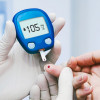



.jpg)
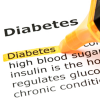
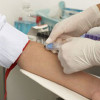
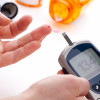



Please login to comment on this article